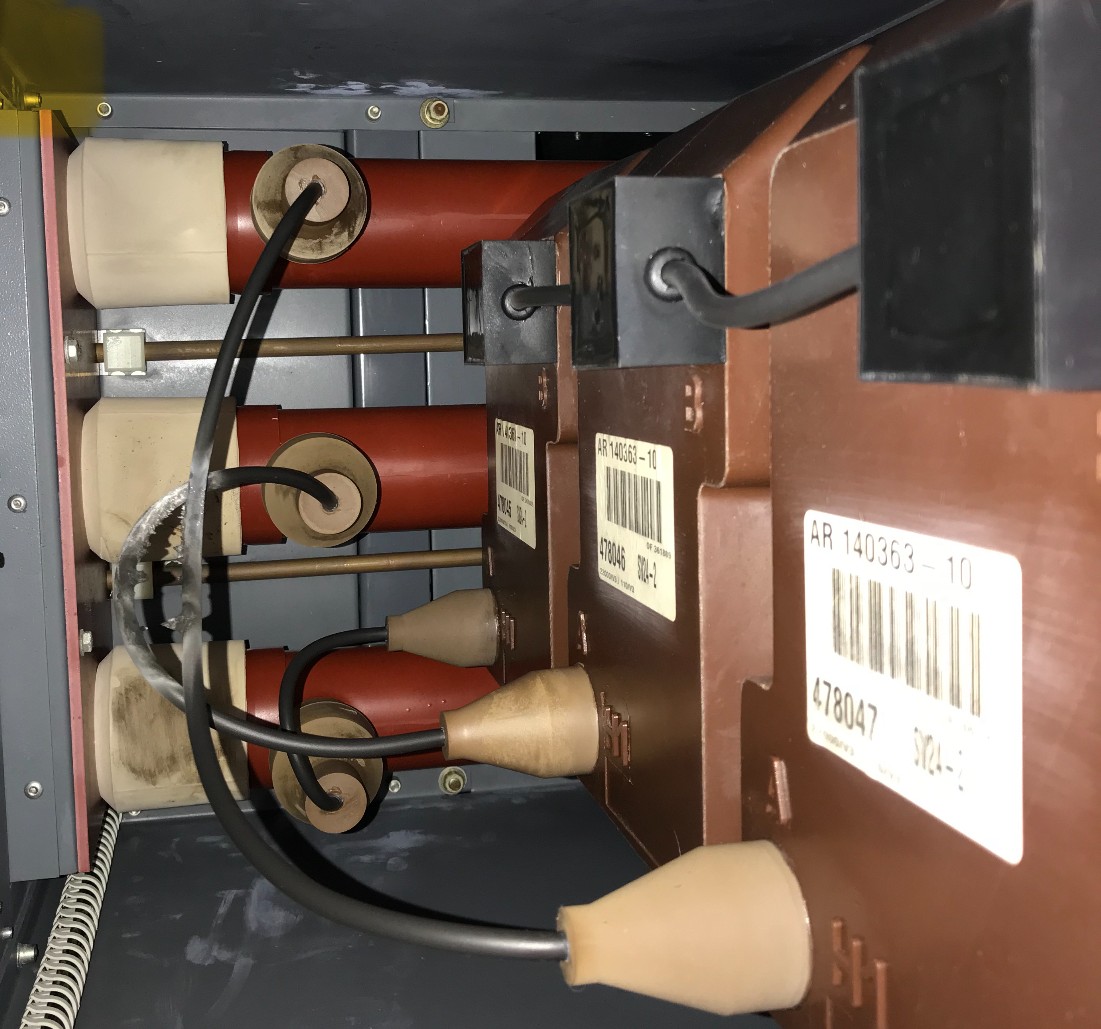
What is Partial Discharge?
Partial discharge (PD) is a localized electrical discharge that partially bridges the insulation between conductors without completely bridging the gap. This phenomenon typically occurs in high-voltage equipment, such as power cables, transformers, and switchgear, when the electrical stress exceeds the dielectric withstand capability of a specific portion of the insulation.
Partial discharge can be caused by several factors. One of the main causes is insulation defects. Manufacturing imperfections, mechanical damage, or aging can introduce voids, cracks, or inclusions within solid insulation materials. These defects can become sites for PD initiation. Another contributing factor is contamination. The presence of foreign particles or moisture within insulating materials can create localized areas of reduced dielectric strength, leading to PD activity. Additionally, electrical stress concentration can play a role. Sharp edges, points, or irregularities in conductors can cause uneven distribution of the electric field, resulting in localized stress that may initiate PD.
The mechanism of partial discharge typically begins within gas-filled voids or inclusions inside solid or liquid dielectrics. The dielectric constant of these voids is significantly lower than that of the surrounding material, causing a higher electric field across the void. When this localized electric field surpasses the breakdown strength of the gas within the void, a partial discharge occurs.
While a single PD event may have minimal immediate impact, repetitive discharges can lead to progressive deterioration of the insulation material, a process known as "treeing." Over time, this can result in complete electrical breakdown, potentially causing equipment failure, power outages, and safety hazards.
Detecting PD is crucial for assessing the condition of high-voltage equipment and preventing unexpected failures. There are various methods to detect PD, including electrical detection, acoustic detection, and electromagnetic detection. Electrical detection involves measuring high-frequency transient currents associated with PD events using sensors like High-Frequency Current Transformers (HFCT). Acoustic detection utilizes ultrasonic sensors to detect sound waves generated by PD activity within insulating materials. Electromagnetic detection captures electromagnetic emissions from PD events using antennas or sensors tuned to specific frequency ranges.
Accurate detection and analysis of PD allow for timely maintenance and intervention, ultimately extending the lifespan of electrical equipment and ensuring the reliability of power systems.
Back to Info